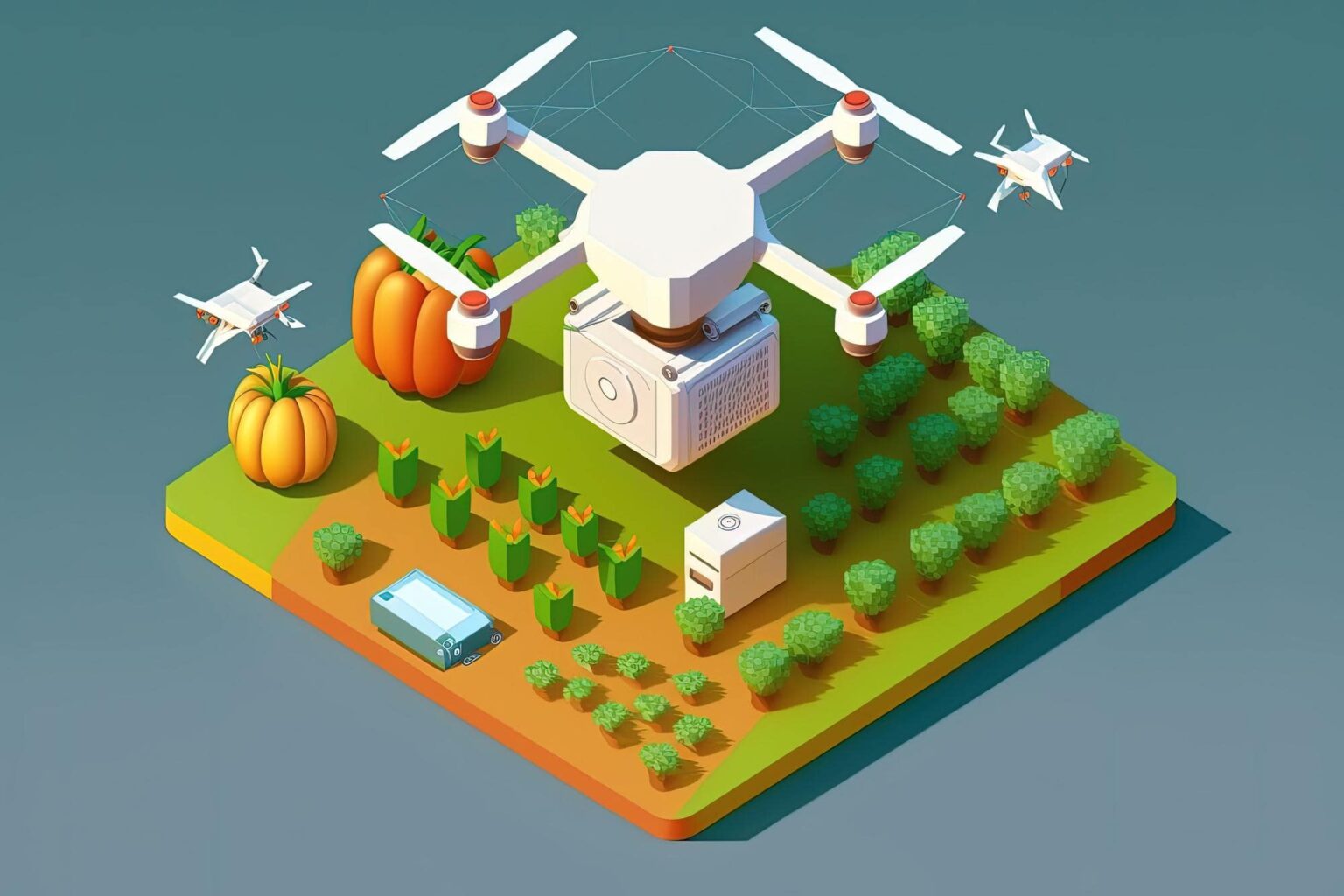Agricultural drones, also known as farm drones or agricultural UAVs, are unmanned aerial vehicles specifically designed for applications in agriculture. These drones are equipped with various sensors, cameras, and imaging technologies that enable farmers to gather valuable data and insights for crop management. Agricultural drones are transforming farming practices by providing farmers with advanced tools for monitoring crops, optimizing inputs, and improving overall productivity.
Here are some key ways in which agricultural drones are transforming farming practices:
-
Crop monitoring and health assessment: Agricultural drones can capture high-resolution imagery of fields, allowing farmers to monitor crop health and identify potential issues such as pests, diseases, nutrient deficiencies, or water stress. This enables early detection and targeted interventions, leading to more efficient and effective crop management.
-
Precision agriculture: Drones equipped with GPS technology and specialized sensors can precisely apply fertilizers, pesticides, or irrigation based on specific field conditions. This enables precise and targeted application, reducing waste and optimizing resource utilization. Precision agriculture techniques can enhance crop yield and minimize environmental impact.
-
Field mapping and surveying: Drones can create detailed maps of fields, providing farmers with valuable information about topography, soil variation, and drainage patterns. This data helps in better understanding the field’s characteristics, optimizing planting patterns, and managing irrigation and drainage systems.
-
Crop scouting and assessment: By flying over large areas quickly, agricultural drones can efficiently scout crops and assess their condition. This allows farmers to cover extensive areas in a short period, providing valuable information on crop growth, development, and yield potential.
-
Livestock monitoring: Drones can also be used to monitor livestock, such as tracking their movements, assessing herd health, or identifying potential issues in livestock management. This helps farmers improve animal welfare, optimize grazing patterns, and enhance overall livestock management practices.
-
Data-driven decision-making: The data collected by agricultural drones can be analyzed and processed using advanced analytics and machine learning algorithms. This enables farmers to gain valuable insights, make data-driven decisions, and optimize farming practices based on accurate and timely information.
By utilizing agricultural drones, farmers can enhance productivity, reduce costs, and minimize environmental impact. However, the adoption of agricultural drones also requires considerations such as regulatory compliance, training, and integration with existing farm management systems. As technology advances, drones are becoming more sophisticated, offering enhanced capabilities such as multispectral imaging, hyperspectral imaging, and real-time data transmission, further expanding their potential in agricultural applications.



